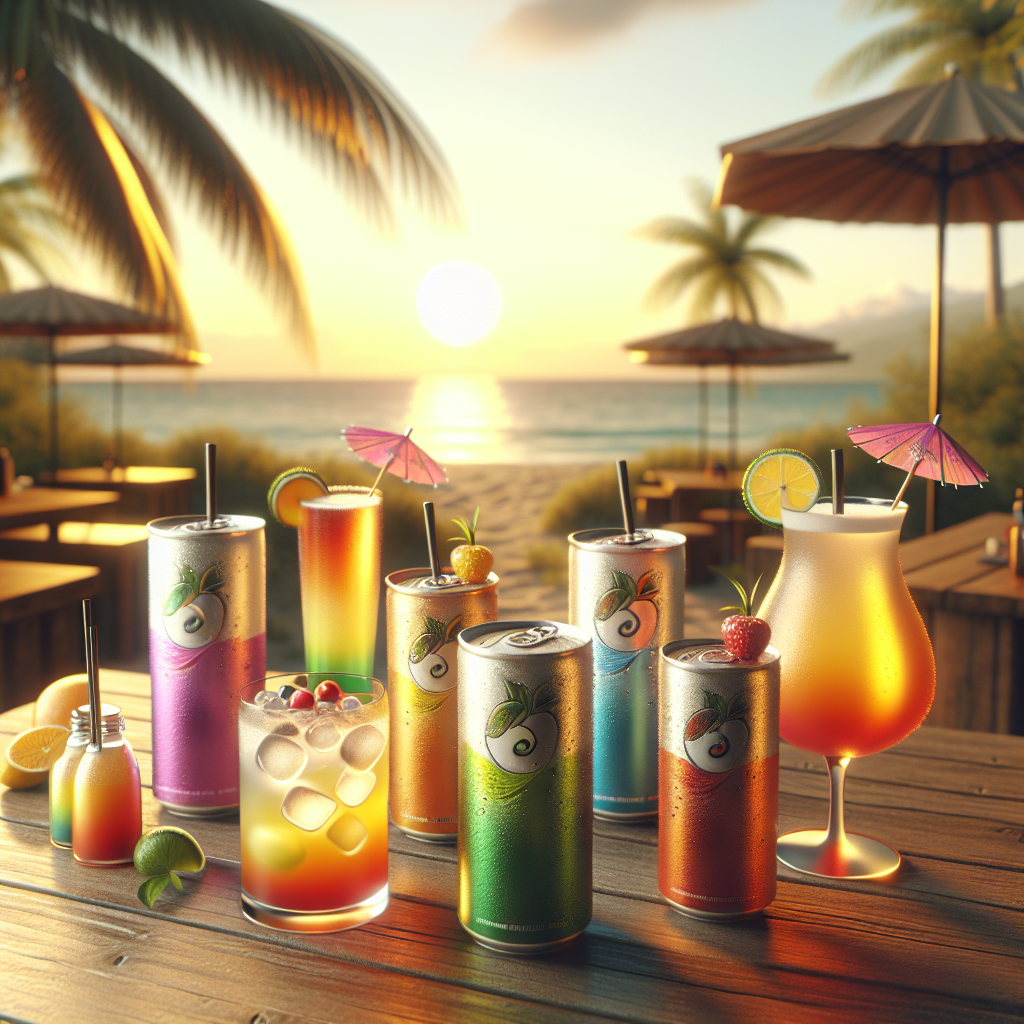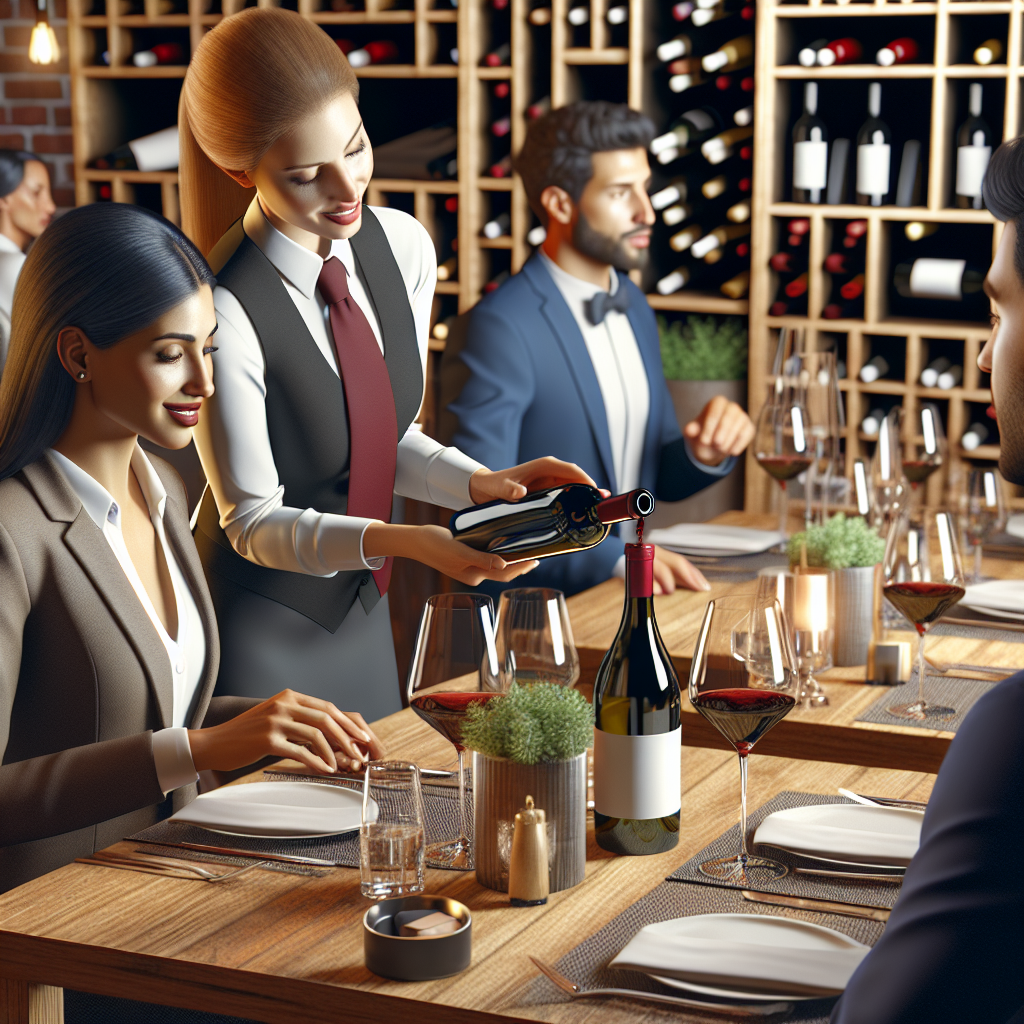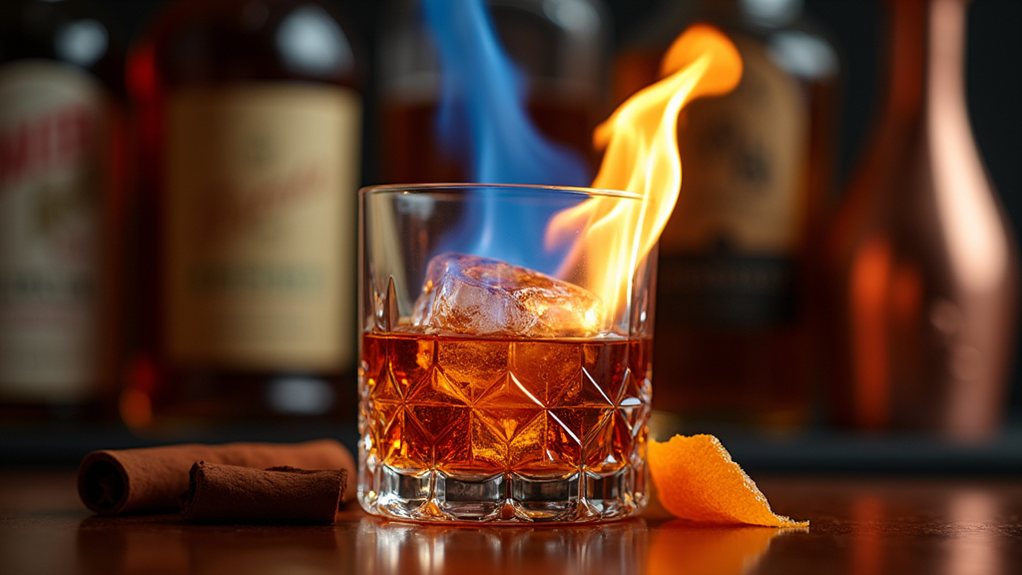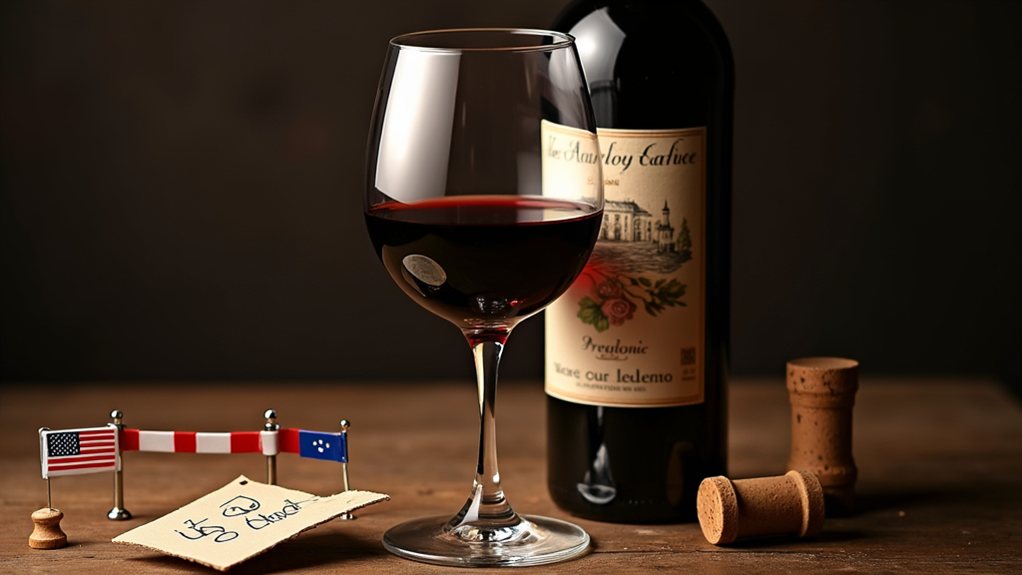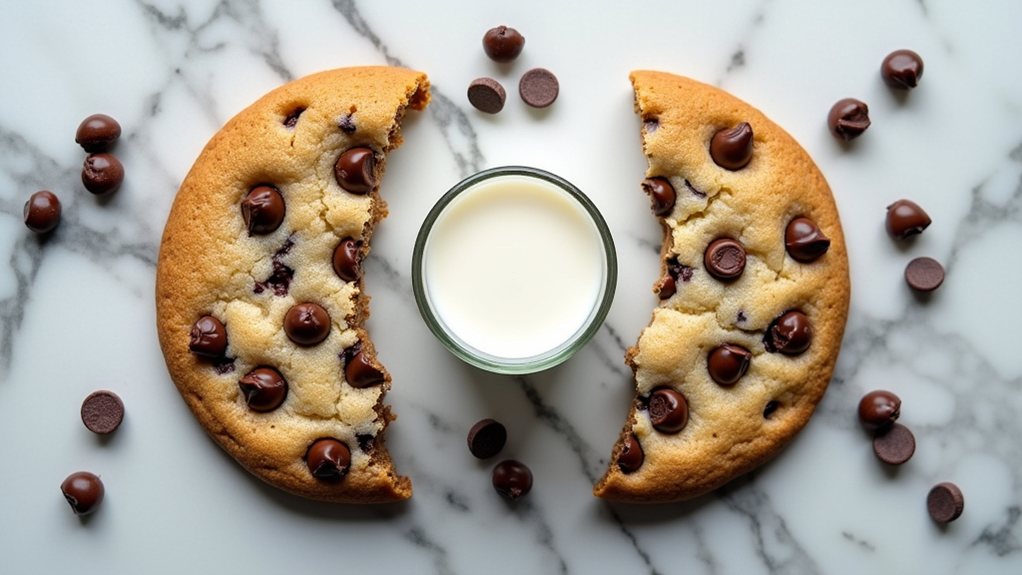The Fascinating History of Sparkling Water
When you crack open a can of sparkling water, or pour it into a glass, you might not realize that you’re indulging in a beverage with a rich historical background. This bubbly drink, enjoyed worldwide, traces its roots back to an 18th-century English scientist named Joseph Priestley. His remarkable journey begins in a brewery and intertwines with figures like Benjamin Franklin, leading to the creation of a beverage loved for both its taste and effervescent charm.
A Spark of Innovation: Joseph Priestley
Joseph Priestley, often remembered for his contributions to chemistry, made an unexpected discovery while experimenting at a brewery in Leeds, England, in 1767. While he was initially focused on gases and other scientific inquiries, his curiosity led him to experiment with carbon dioxide. By placing a bowl of water over fermenting beer, he noticed the water absorbed the gas and turned fizzy. This serendipitous moment became the cornerstone of sparkling water and, eventually, the soft drink industry.
Priestley’s exciting experimentation didn’t just stop after his initial discovery. With encouragement from Benjamin Franklin, whom he met in 1765, Priestley advanced his methods. In 1772, he published a pamphlet detailing his innovative technique for infusing water with carbon dioxide. This pamphlet, poetically titled "Directions for Impregnating Water with Fixed Air," showcased his intricate process of combining sulphuric acid and chalk to create carbon dioxide. His inventions, while aiming to produce a health elixir, birthed a beverage we now simply enjoy.
The Influence of Benjamin Franklin
The relationship between Joseph Priestley and Benjamin Franklin was unlike any other during that era. The two men shared ideas and intellectual fervor. At their first meeting in a London coffee house, Franklin urged Priestley to explore science beyond the confines of traditional ministry and education. This encouragement proved pivotal, as Priestley later leveraged Franklin’s insights to foster his passion for chemistry.
Their collaboration went beyond mere friendship; Franklin’s influence propelled Priestley towards significant breakthroughs in chemical science. The fusion of these two great minds not only enriched their personal pursuits but also revolutionized how people would enjoy beverages in years to come.
A Health Tonic for All?
In an age where health tonics were immensely popular, sparkling water was initially embraced for its medicinal properties. For centuries, natural mineral water was believed to alleviate various ailments, including scurvy. Priestley’s inventive method aimed to replicate the benefits of these mineral springs. Although later studies debunked the notion that sparkling water could cure scurvy— a condition caused by vitamin C deficiency— it nonetheless paved the way for a delicious, effervescent option that many indulge in today.
The notion of sparkling water as a health tonic captured the public’s imagination. As Priestley noted, if his discovery could benefit "my countrymen and mankind," he felt a personal reward. While we might now enjoy sparkling water for its refreshing taste, it’s refreshing to know that it was once perceived as a healer.
From Sage to Soda: The Evolution of Sparkling Water
After Priestley’s initial breakthroughs, other scientists improved his designs, culminating in a mass-production system established by Jacob Schweppe in 1783. This innovation marked the rise of commercial carbonated beverages that we know today. The 19th century ushered in an era of creativity in the beverage industry, leading to the birth of numerous soft drinks, many of which claimed health benefits similar to those attributed to sparkling water.
Brands like Coca-Cola and Pepsi Capitalized on this fizzy trend with drinks that targeted various ailments, from indigestion to fatigue. The carbonated water market blossomed, transforming the beverage landscape as it ventured from medicinal virtues to everyday refreshment.
A Timeless Favorite
Today, sparkling water is not just a beverage; it’s a staple across restaurants, homes, and bars. Sparkling water offers a delightful change from still water and serves as a mixer in cocktails and other beverages. Thanks to its historical legacy, we can enjoy countless flavors and brands—from Perrier to LaCroix—while appreciating the journey that brought them to our tables.
In a world bustling with choices, the next time you raise a glass of sparkling water, remember that this effervescent delight encompasses centuries of scientific exploration, friendship, and innovation. The story of sparkling water is, quite literally, a testament to how a little effervescence can turn ordinary life into something extraordinary.



